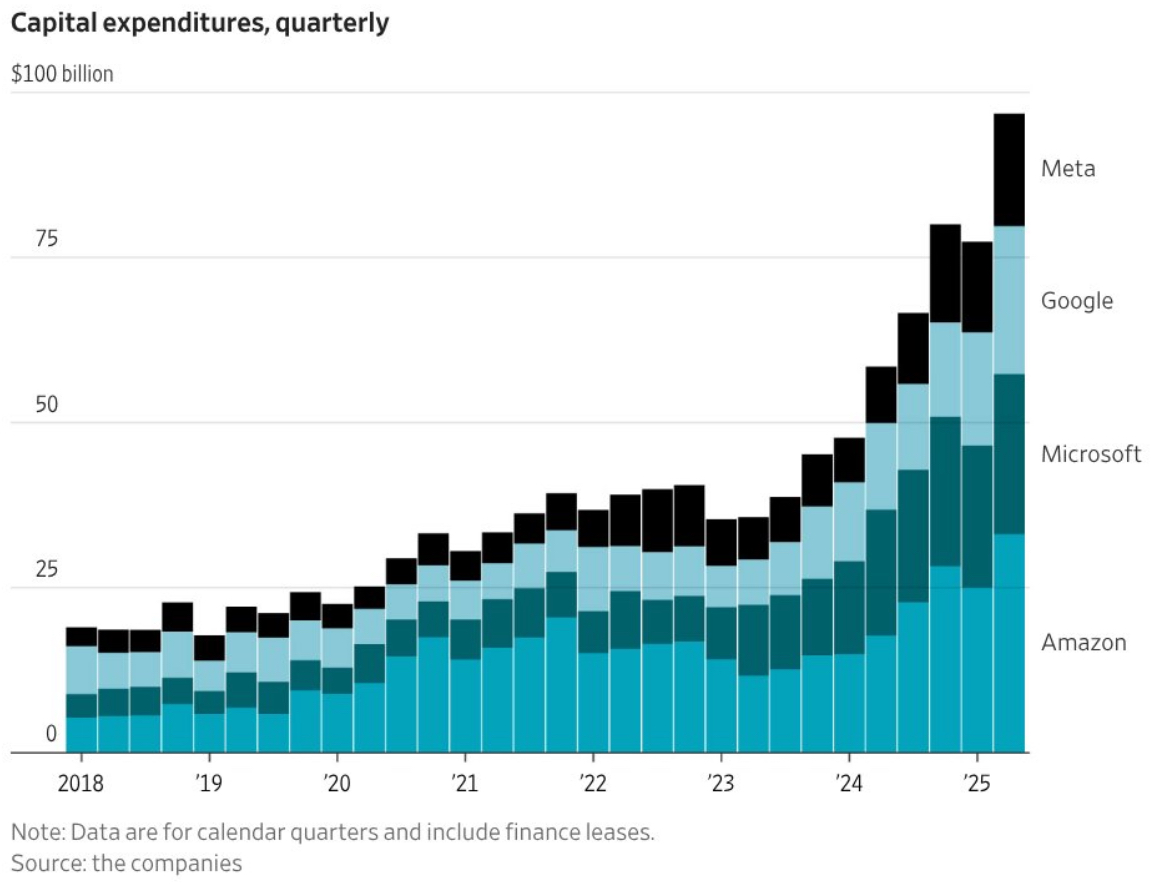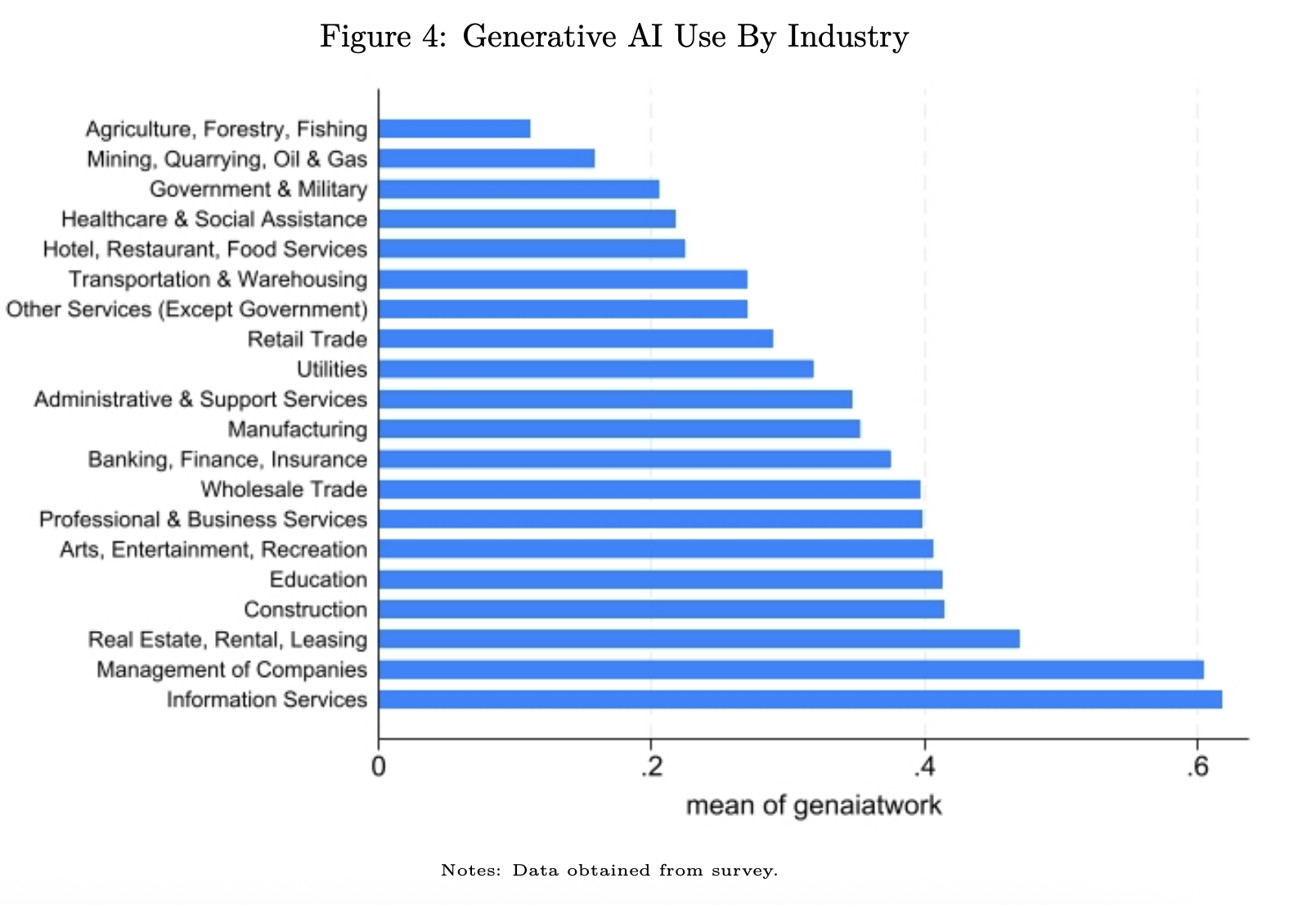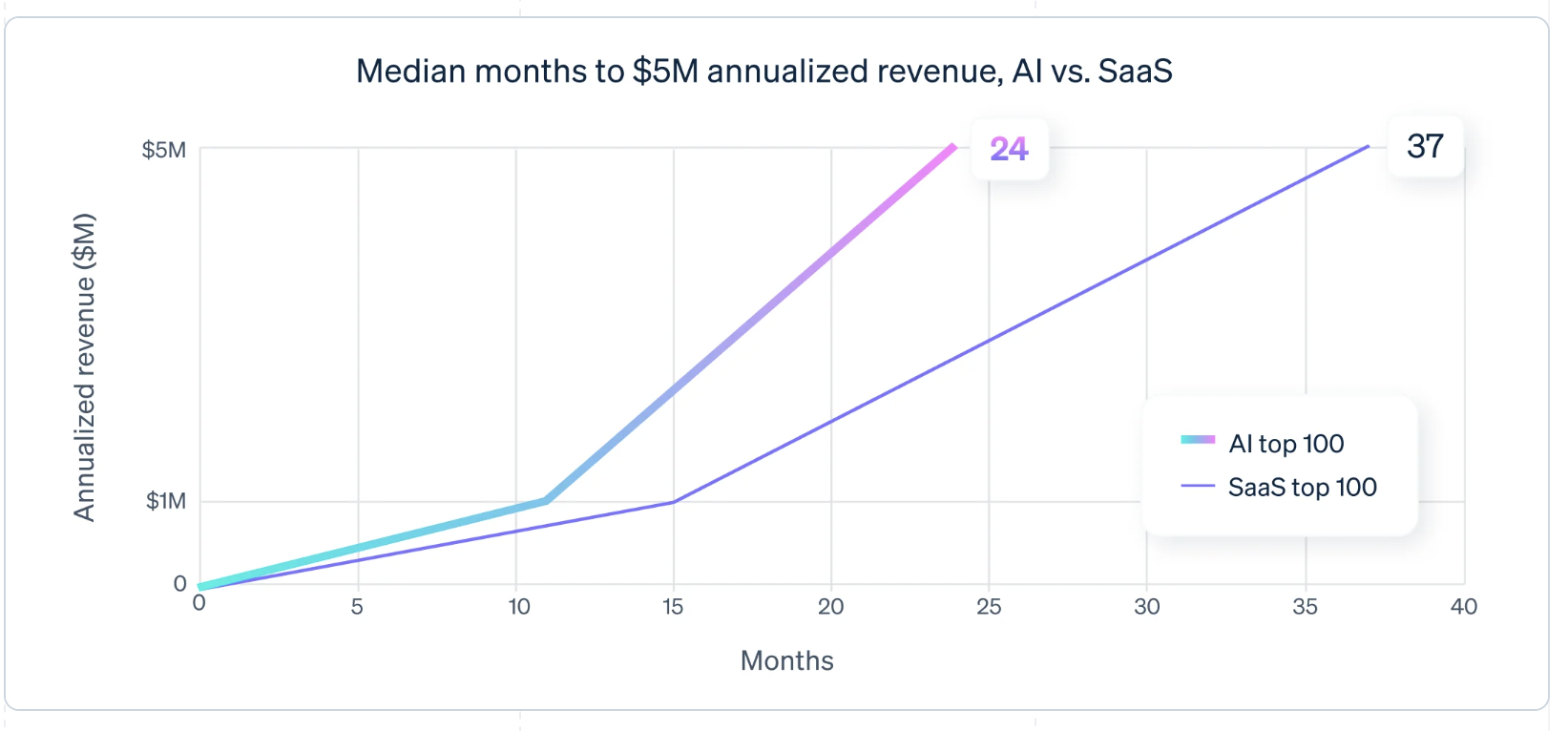The AI Economy is Unstoppable: Inside the Surge Fueling America’s Tech Boom
Hello everyone. Once again, we find ourselves peering into the shimmering mirage of the AI economy — a promised land paved with GPUs, wrapped in the scent of melted silicon, and powered by hype thicker than a pre-order queue for a limited-edition MMO expansion. And I have to tell you, the spectacle is just delightful if you enjoy watching the most expensive game of SimCity ever played — except the citizens are corporate accountants weeping into their balance sheets.
The Great Divide: Real Economy vs. AI Economy
Let’s start with the so-called “split”. On one side, you have the rip-roaring AI economy: all speed, flash, and capital burn worthy of a cyberpunk prologue. On the other, you have the consumer economy limping along like an NPC stuck trying to pathfind around a chair. The kicker? Without this AI invasion, the U.S. growth numbers would look about as appealing as video game microtransactions in a $70 single-player title. Stock market growth? Almost entirely from the Big Tech AI darlings. Everyone else? Let’s just say they’ve been camping at the spawn point with no loot drops for years.
Spending Like Drunken Raiders in a Loot Shop
The biggest names — Meta, Google, Microsoft, Amazon — have collectively gone ham on capital investment, maybe $100-200 billion in half a year. They’re not buying yachts; they’re hoarding servers, GPUs, cooling systems — computer cathedrals to the gods of throughput and latency. Historical comparisons range from the dawn of the computer age to the reckless railroad mania of the Gilded Age. In either case, we’re at “infrastructure project as tech religion” territory. If AI were a raid boss, these companies are showing up with legendary gear and entire inventories filled with restorative potions… paid for in shareholder gold.

The Source of the Gold Piles
Like any good MMORPG guild funding an epic dungeon run, they’ve got coffers bursting from years of obscene profit in their existing business models. Ads. Search ads. More ads. Meta and Google’s existing loot streams are so strong they can stuff a dragon’s hoard with cash — and still have enough to build the digital equivalent of the Death Star in their spare time. JP Morgan calls it “unprecedented free cash flow.” I call it the kind of money that can make bad ideas seem like master plans until the tax bill arrives.
Markets Ignore the Noise — Because the Top 10 Don’t Care
Tariffs? Political chaos? Slowing growth? Pfft. The stock market clearly believes that as long as the AI-fueled titans keep charging forward, the rest of the economy can grind XP at their own sad pace. In fact, the S&P is less a 500-player server and more like two separate matches: the overpowered S&P 10 carrying the score while the S&P 490 sit AFK in the spawn room.
Revenue Reality Check
Here’s the thing: for many, the treasure chest at the end of the dungeon is still suspiciously empty. Yes, Stripe claims AI startups are hitting revenue milestones faster than any previous wave of tech disruptors. But for the big names like OpenAI and Anthropic? Let’s just say they’re still in the “losing gobs of money” tutorial stage. All this capital spending might be building the next internet — or the next overpriced theme park that closes before you finish your churro.
Adoption Rates: Faster Than a Patch Day Nerf
Generative AI adoption is happening at twice the speed of the internet, which is impressive until you realize most of that adoption is happening in information services, management, and among college graduates. Mining and fishing? Not so much. The AI crusade is still very much an urban high-level guild thing. And yes, teachers have jumped aboard — using AI for lesson plans and paperwork like it’s a magical mana potion that restores six hours a week. I won’t argue with free time, though I’ll question how much of that time is spent resisting the urge to ‘delve’ into trending buzzwords.

Productivity Claims: Buffs, Debuffs, and Illusions
AI evangelists love to proclaim it’s a workplace productivity panacea — like equipping everyone with +20 to Efficiency gear. The reality? Studies show workers often think they’re 20% more productive with AI, but in some cases, AI actually slows them by 20%. That’s the workplace equivalent of equipping a shiny legendary weapon only to discover it has negative stats. Before we hand over the economy to our algorithmic overlords, maybe we should check the real DPS output instead of listening to the marketing trailer.
The “Delves” Epidemic
Lastly, the funniest patch note of them all: academic writing is now drowning in the word “delves”, which has surged 2,700% since large language models entered the chat. A solid 1/7th of scientific abstracts are now AI-generated or processed. Great — the next time you read a research paper, remember you may just be parsing a templated loot drop from the AI vocabulary chest.

Final Verdict
So, what do we make of this? The AI economy is real, enormous, and moving at terrifying speed. It’s powered by absurd corporate cash reserves and the kind of ambition (or hubris) that builds empires… or burns them down. The productivity gains are promising but unproven. The hype levels are maxed. The risks? Imagine pouring your entire in-game currency into a base expansion before confirming the enemies won’t just bypass it entirely. My prognosis as the good doctor? This patient is alive and thrashing — but watch the vitals, because the fever’s high and the wallet is bleeding.
And that, ladies and gentlemen, is entirely my opinion.



